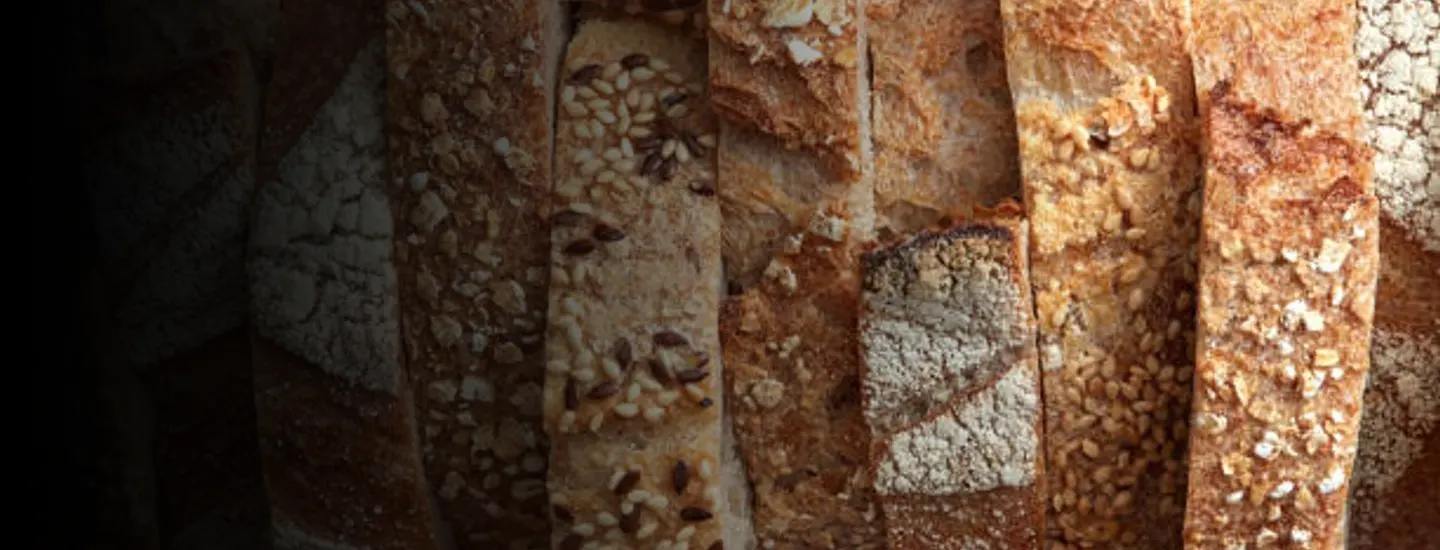The fact that Ukraine and Russia exports more than 25% of the world’s wheat is more than enough to demonstrate the extreme disruption faced by the bread market in 2022 – a sector with £3.7bn of annual sales in the UK.
The enduring crisis in Eastern Europe has piled further input cost pressure upon manufacturers, in addition to the labour shortages, wage inflation, and rising energy and fuel prices experienced by businesses across so many industries, as they desperately search for a firm footing for growth post-pandemic.
However, behind the most immediate headline headache, producers are being pushed to raise levels of innovation and collaboration as the bread sector contends with a number of other material market shifts that could reshape the industry for years to come.
Two areas of focus that were accelerated during the pandemic – an increased focus on (i) health and wellness and (ii) sustainability – are likely to persist for the long term. Consumer demand continues to be strong for products that support a healthier diet, including switches to unpackaged and flatbreads (e.g. wraps and pittas), plus fortified, nutritious bread such as Omega 3 and seeded varieties. The importance of sustainability is also driving consumer interest in environmentally-conscious products across the consumer sector, bringing recyclable packaging formats and the issue of food waste to the fore for both manufacturers and retailers.
We have already seen a response to these trends from major industry players. In April 2022, Warburtons released three new fortified bread ranges, sold in 100% recyclable paper packaging. Allied Bakeries also introduced bread bags using certified circular polyethylene in 2021 – comprising 30% recycled material – in addition to recyclable paper packaging for its rebranded Burgen bread range, which focuses on “powered by plants” messaging.
There also remains significant appetite for M&A in the UK bread sector, driven both by private equity and corporates including Gail’s, Hovis and Dutch Bakery trading hands over the past 18 months and significant private equity ownership such as St Pierre, Genius Foods and Lagkageuset (latter trading as Ole & Steen in the UK and US).
How can players in the bread sector rise above the competition?
Market disruption of this magnitude demands creativity and innovation, but this comes at a cost – for businesses and consumers – in an environment where we already see a war of attrition to stand out against the competition.
The cost-of-living crisis in the UK provides no guarantee that products that meet every consumer preference will succeed, given the pricing premium they are likely to carry. More broadly, companies have the additional options of widening their product offering – morning goods and enriched, healthier products, for example – or focusing on everyday low-cost options. Bread is a large, stable sector and traditional sliced white or brown bread has strong defensive qualities in a recessionary environment.
So, what actions can players in the bread sector take to rise above the rest?
- Consider the opportunities from M&A: We expect M&A to accelerate as it allows bread manufacturers to broaden their product expertise, gain manufacturing and distribution synergies and accelerate innovation. In addition, companies can rapidly expand their overseas footprint through M&A by acquiring similar operators, such as Promise Gluten Free’s acquisition of Rudi’s in the United States, which also allow an opportunity to share best practice. The current market pressures are also likely to be felt most keenly by weaker operators, which presents an opportunity for further consolidation.
- Target top-line growth: Fierce competition in brand segments will require the deployment of significant marketing to drive top-line growth. Broadening revenue horizons – for example, extending product offerings into new categories (e.g. convenient, healthy) or entering new channels – could also move the needle, alongside the expansion of grocery retail reach.
- Inflation management and cost control: Cost inflation is expected to continue throughout this year. Consumer goods manufacturers and retailers must rapidly rebuild their inflation management muscle to mobilise their teams to reduce costs and secure the right price increases to customers without losing volume. Sizing true exposure, consideration of cost and price sensitivities by product and customer, and executing better than the competition will be essential in driving business performance. Costs within procurement, distribution, labour, and factory set-ups should also be forensically reassessed.
- Improve internal collaboration: A handful of levers, such as pricing; promotion and sell-in charges; re-targeted innovation; portfolio optimisation; and SKU redesign can work well to protect and grow margins. However, successful execution of all of these elements could require foundational process changes, integrated margin management, and arguably unprecedented levels of collaboration between Operations and Commercial teams.
As with the products themselves, the recipe for success in the bread sector will vary from one operator to another. However, after more than two years of tumultuous change and no immediate end to this disruption in sight, it is clear that opportunities exist for operators to capitalise through M&A and by forensically examining their commercial and operational levers.

